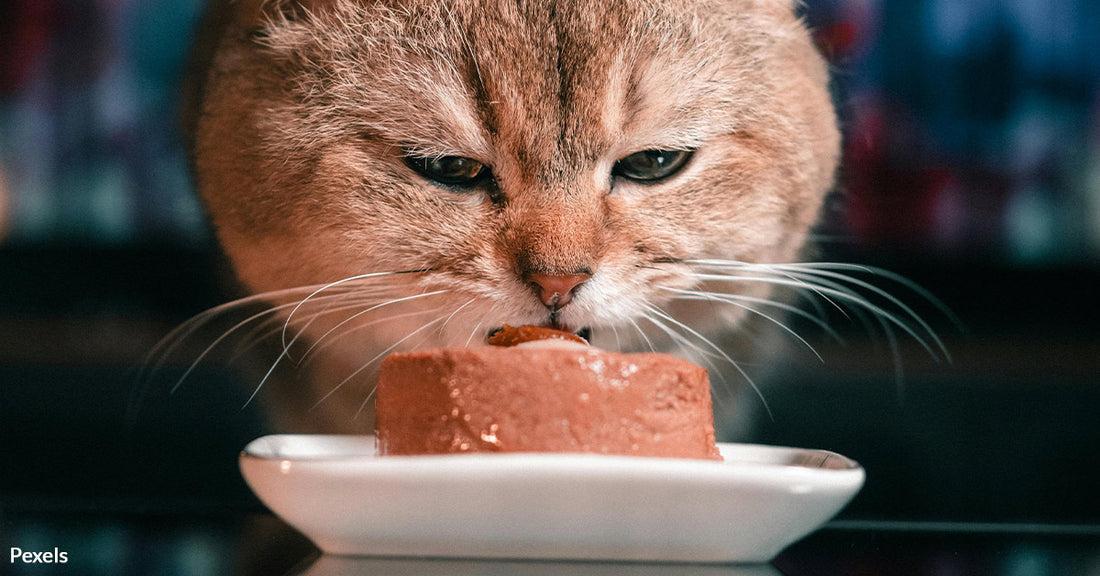Why Your Cat Never Finishes Their Food And What It Means For Their Health
Matthew Russell
It’s a familiar scene for many cat owners: the bowl is full, but your cat leaves some food behind. While this might seem frustrating, it’s not necessarily a sign that your feline friend is being picky.
Several factors contribute to this behavior, ranging from instinctive habits to physical discomfort. Understanding why cats don’t always finish their meals can help improve their eating experience and ensure they’re healthy and content.

Small Stomachs and Grazing Instincts
One of the primary reasons cats leave food behind is that their stomachs are small. On average, a cat’s stomach is only about the size of a ping-pong ball, which means it can only handle small portions at a time. Unlike humans, who tend to eat large meals, cats are natural grazers. In the wild, they hunt small prey multiple times a day, consuming small amounts of food each time. This behavior is deeply ingrained, even in domestic cats.
As a result, many cats prefer to eat several small meals throughout the day rather than one or two larger servings. If your cat doesn’t finish their food in one sitting, it might simply be because they’re full or prefer to eat later. For this reason, offering smaller portions more frequently can help mimic their natural eating habits. This is supported by advice from ScienceABC, which notes that domestic cats’ eating patterns are shaped by their wild ancestors.

Whisker Fatigue and Bowl Design
Another significant factor influencing your cat’s eating habits is whisker fatigue. Cats’ whiskers are incredibly sensitive and are equipped with proprioceptors that help them navigate their environment and detect changes in air currents. However, when their whiskers brush against the sides of a narrow food bowl, it can become uncomfortable, especially as the food level drops and they have to reach further into the bowl.
This phenomenon, known as whisker fatigue, is why many cats prefer to eat from the center of their bowl, leaving the edges untouched. According to Gallant, the pressure on their whiskers when they eat near the edges of the bowl can cause discomfort. To help alleviate this, consider switching to a wider, shallow bowl or even a plate, which allows the cat to eat without their whiskers touching the sides.

Preference for Fresh Food
Cats are known for their discerning taste, and they have high standards when it comes to food freshness. Just like their wild ancestors who hunted for fresh prey, domestic cats prefer food that is fresh and unspoiled. If food has been sitting out for a while, they may refuse to eat it, as it doesn’t meet their “freshness” criteria. As pointed out by Whiskas, this is why cats often leave food behind, especially if it has been sitting in their bowl for too long.

Behavioral Factors and Stress
Sometimes, a cat’s refusal to finish its food can be linked to stress or anxiety. Changes in the environment, such as the introduction of a new pet, unfamiliar guests, or loud noises, can cause a cat to lose its appetite. Feliway reports that even subtle changes can lead to food aversion. If your cat is feeling stressed, they may eat less, leave food behind, or refuse to eat altogether.
It’s essential to observe your cat’s behavior and environment to identify any potential stressors. Ensuring your cat has a quiet, safe space to eat and maintaining a stable routine can help reduce stress-related eating issues.

Health Issues and Overfeeding
While many cats leave food behind due to instinctual or environmental factors, health issues can also play a role. Cats with dental problems, gastrointestinal discomfort, or other medical conditions may experience pain or nausea when eating, leading them to leave food in the bowl. If your cat suddenly starts leaving food behind, it’s worth consulting a veterinarian to rule out any underlying health issues.
Additionally, overfeeding can lead to similar behaviors. If a cat is fed too much at once, they may not finish their food because they’re simply full. As Cats.com reports, adjusting portion sizes to match your cat’s eating habits can help ensure they eat the right amount without feeling overwhelmed.
There are several reasons why cats don’t always finish their food, and most of them are perfectly natural. Whether it’s due to small stomachs, whisker fatigue, preference for fresh food, or stress, understanding your cat’s eating habits is key to ensuring their well-being. By offering smaller, more frequent meals, using a suitable bowl, and keeping the food fresh, you can create a better dining experience for your feline friend.
If you notice sudden changes in your cat’s eating behavior, it’s always a good idea to consult a veterinarian to rule out any medical issues.

